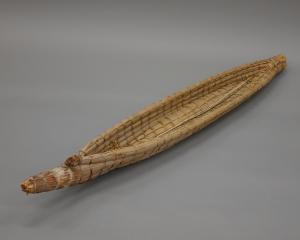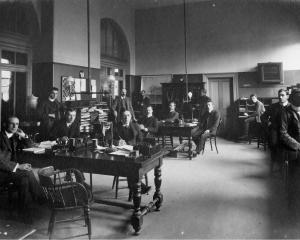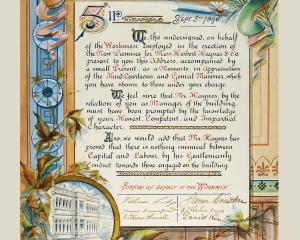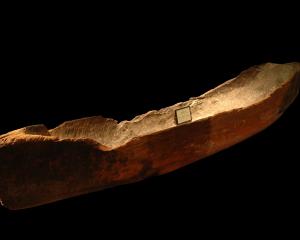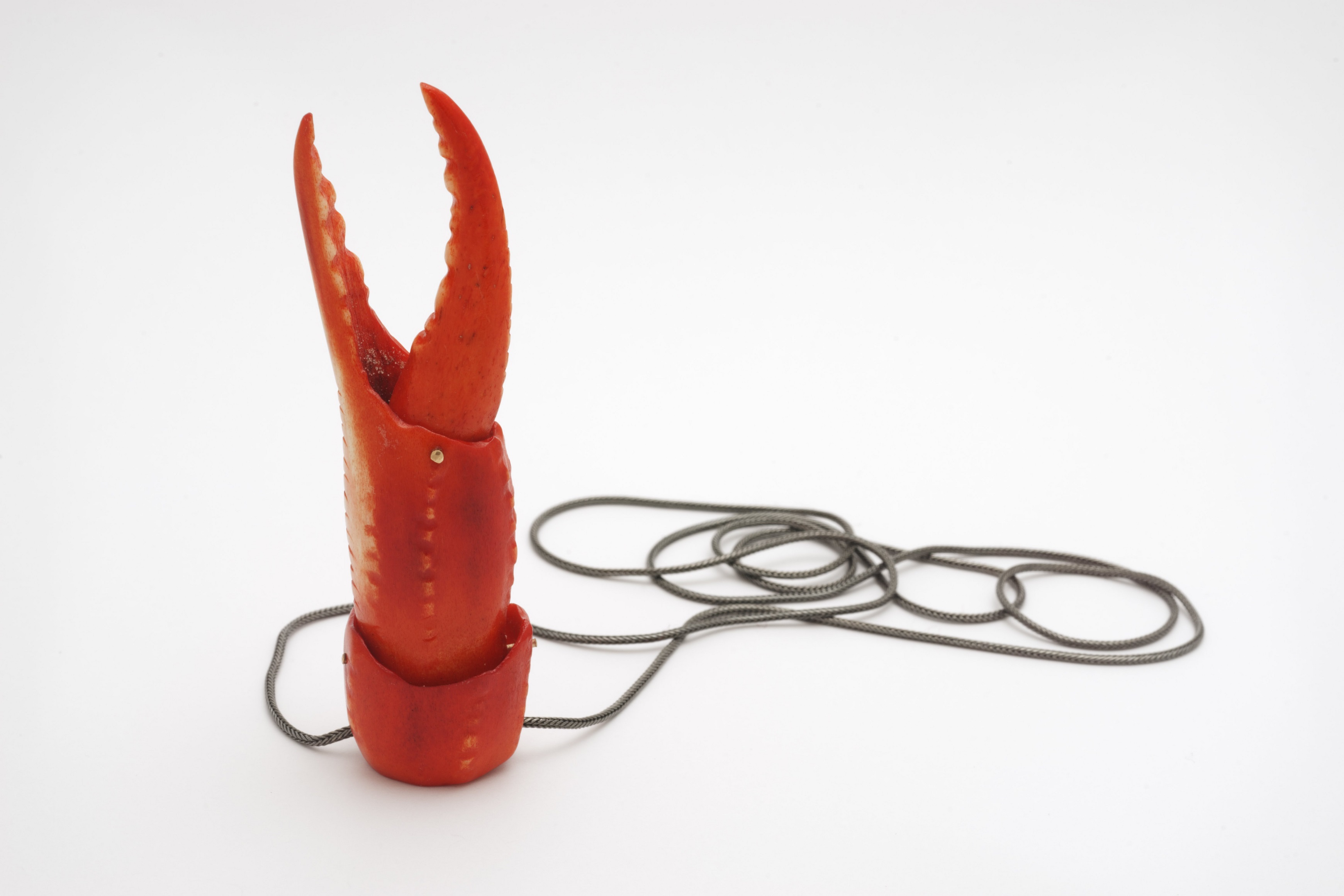

An exhibition of more than 40 beautiful examples of her work, "The Kingdom: Animals in the jewellery of Jane Dodd", was to have opened at Tūhura Otago Museum on World Animal Day 2024 but was postponed by a week due to the sad state of emergency declared for Dunedin that day.
It is an "intervention" in the central area of the Animal Attic, a Victorian-homage gallery whose architecture is largely as it was when the museum opened in 1877. The Attic’s displays are organised in accordance with Carl Linnaeus’ 18th-century system of biological classification (taxonomy), and evolutionary thought in the late 19th century.
"The Kingdom" features necklaces, brooches, rings and earrings, made during the past decade by a skilled and inventive artist with a long-standing concern for the natural world, and an ability to see Homo sapiens as an integral part of that world. The vast majority are on loan from individual collectors, fans and wearers of Dodd’s jewellery.
Jane Dodd has been an important member of Aotearoa’s contemporary studio jewellery family for decades. Born in Ōtepoti Dunedin, Dodd began her jewellery-making training at the Unitec Institute of Technology, Auckland, graduating in 1994. She joined the esteemed Workshop 6 the following year. In 2009, she returned to Dunedin, exploring the natural world and human-animal relationships from her home studio. Her jewellery creates characters, challenges our perceptions of animal intelligence, and questions the idea of human superiority over nature. As a body, it offers a commentary on society, an homage to historical craft traditions, and humour.
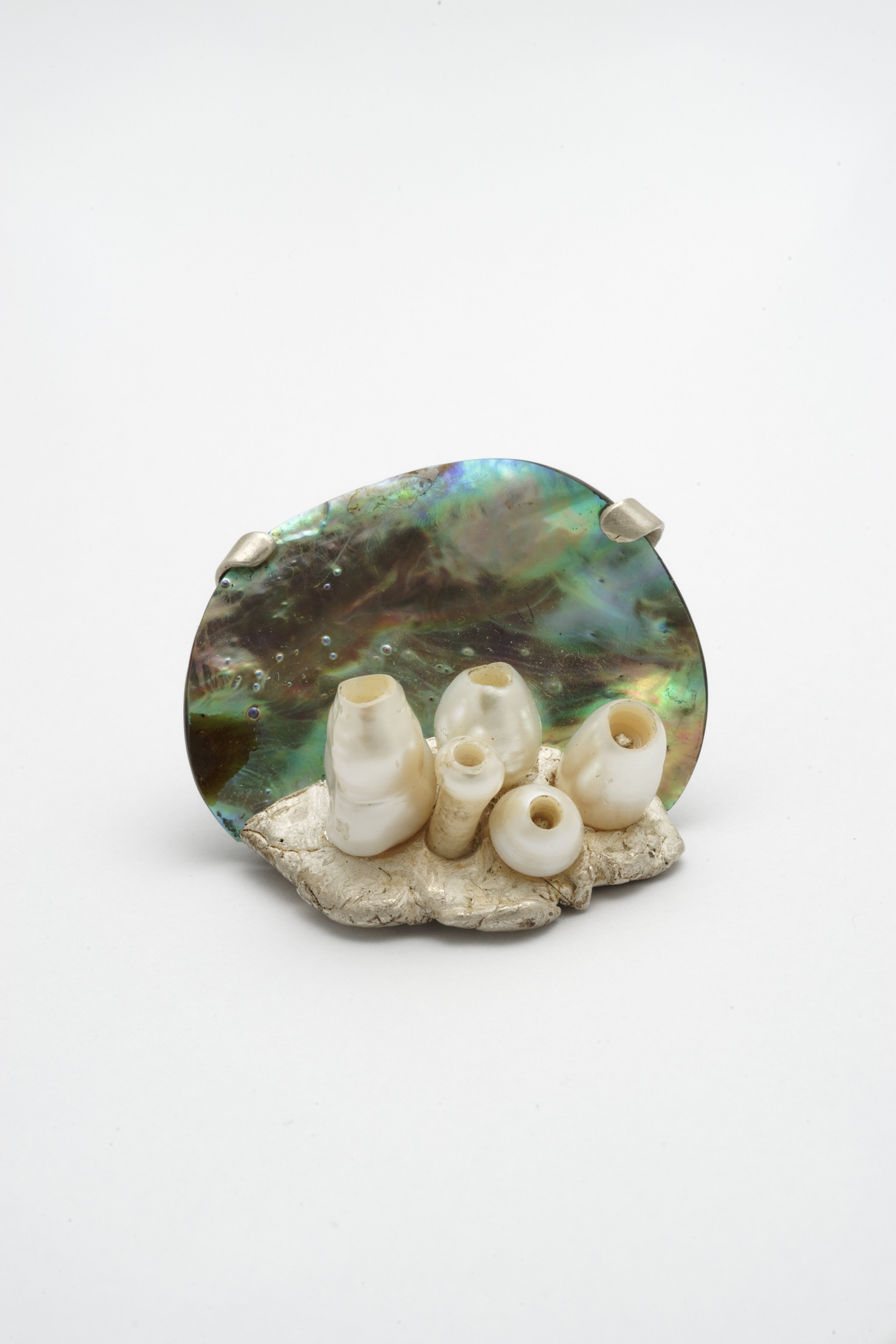
The hierarchical system of taxonomy — in which there are three kingdoms (animal, plant and fungi) divided into branches or phyla, each of which is further subdivided — provides the conceptual and physical structure for this exhibition. Every piece is individually cased in its place on a complex colour-coded phylogenetic "tree" which designers Harry Pickernell and Craig Scott created using scaffolding pipes and connections, giving a vague sense of an intricate machine from the time of the industrial revolution.
Each piece embodies an aspect of the relationship between that animal and humanity. Some appear straightforwardly representational. The five-centimetre-long pāua shell and silver Blowfly, and the freshwater pearls and silver Ants — An Auckland Necklace, for example, look very much like the animals after which they are named, given an extra frisson by playing with scale. Other creatures are identified by a distinctive element of their anatomy. The red-dyed antler; bone, gold and silver crab claw pendant named Crabby Nonsense; the ebony and silver scorpion tail pendant, Sting; and the yellow-dyed bone and silver shag’s foot pendant, Pārekareka, are all instantly recognisable, too.
A little less straightforwardly, Moa, represents those charismatic extinct birds with a brooch that is a small cairn of cow bone slivers, carved and dyed as fragments of moa eggshells.
Dodd’s explanation of how Monkey heaven relates to howler monkeys involves her visits to European castles with baroque painted ceilings showing chubby cherub legs amidst heavenly clouds. The brooch shows monkey tails instead of putti legs among the billows, animal body parts descending from on high rather than anthropomorphic angels.
A step further are the two pāua shell, sterling silver and freshwater pearl Bubble brooches made in 2020 and 2021, named for the self-isolating household units (bubbles) in which we lived during the Covid-19 pandemic period.
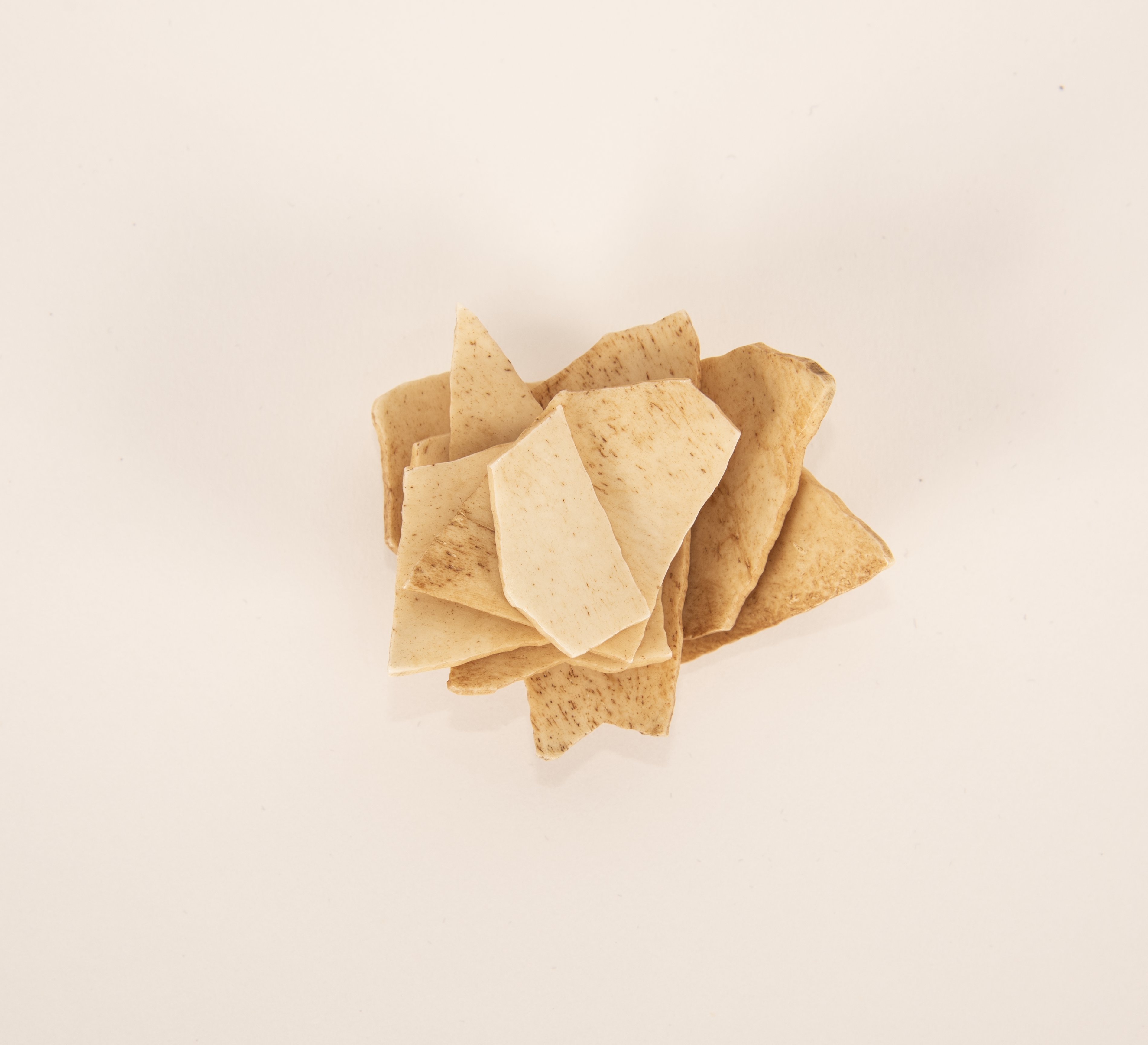
Karl Chitham summed up Dodd’s contribution in his foreword to Wild Domain, a catalogue of Jane Dodd’s 2021 survey exhibition at the Dowse Art Museum: "Dodd is a maker and thinker with many interests. She ties these threads together in ways that simultaneously appear critical, humorous and touching."
And, as one meditative visitor noted, not only is the Animal Attic a fitting scientific context for this exhibition, it also surrounds Dodd’s work with examples of the creatures in the rest of our animal family tree that no human can make, while her work inspires us to more carefully consider our relationship with and treatment of them.
The exhibition
• "The Kingdom" runs until July 28, 2025.
Moira White is curator, humanities at Tūhura Otago Museum.





